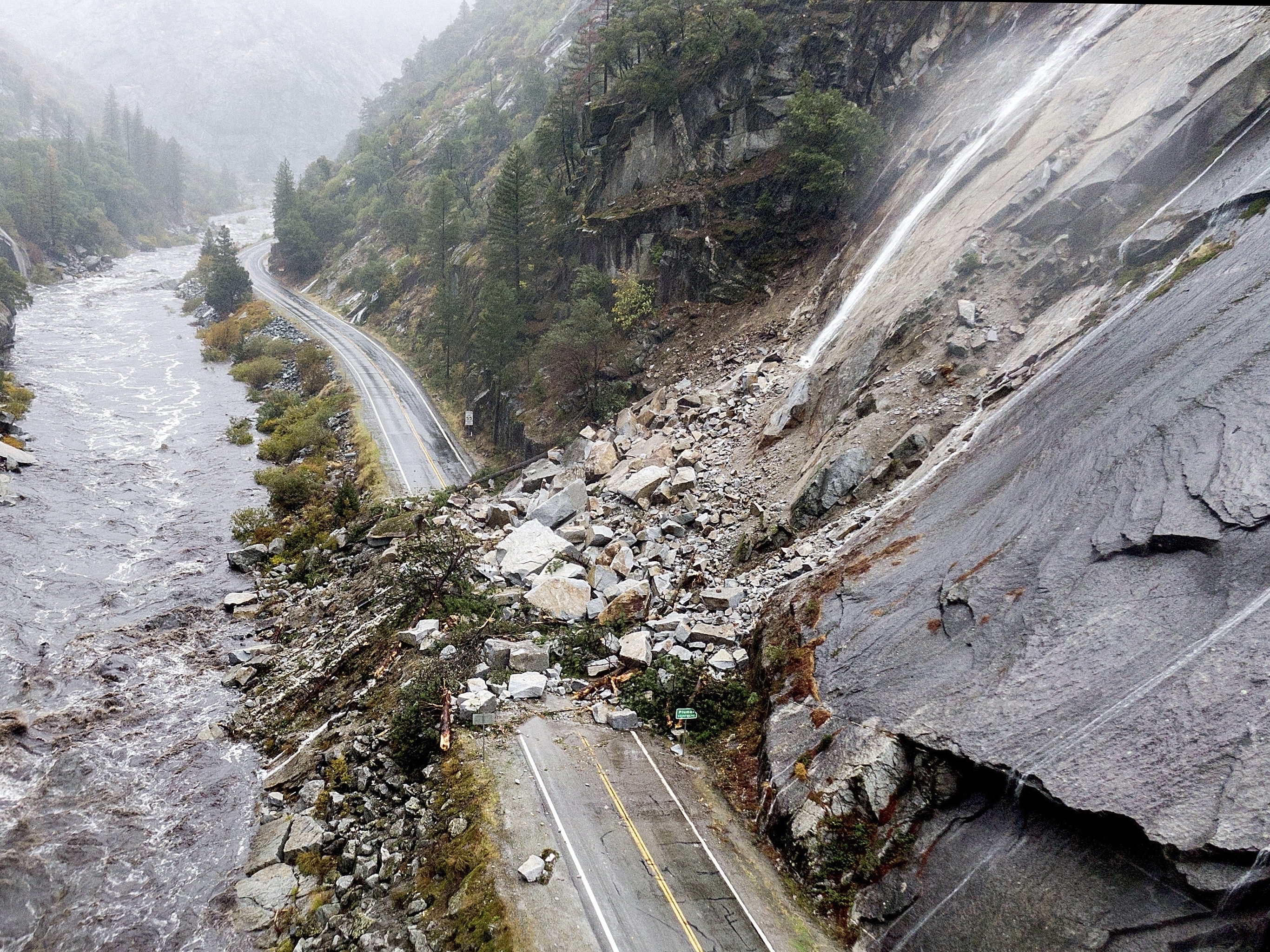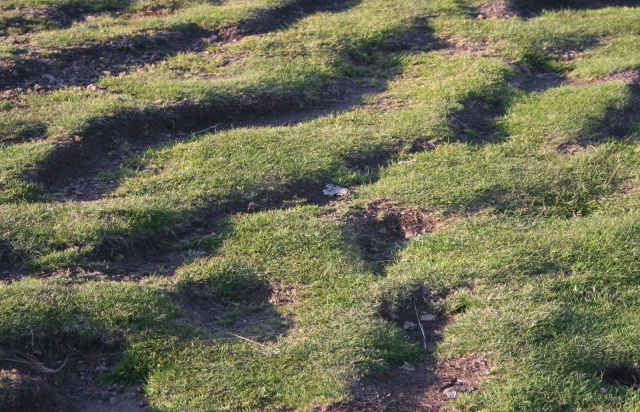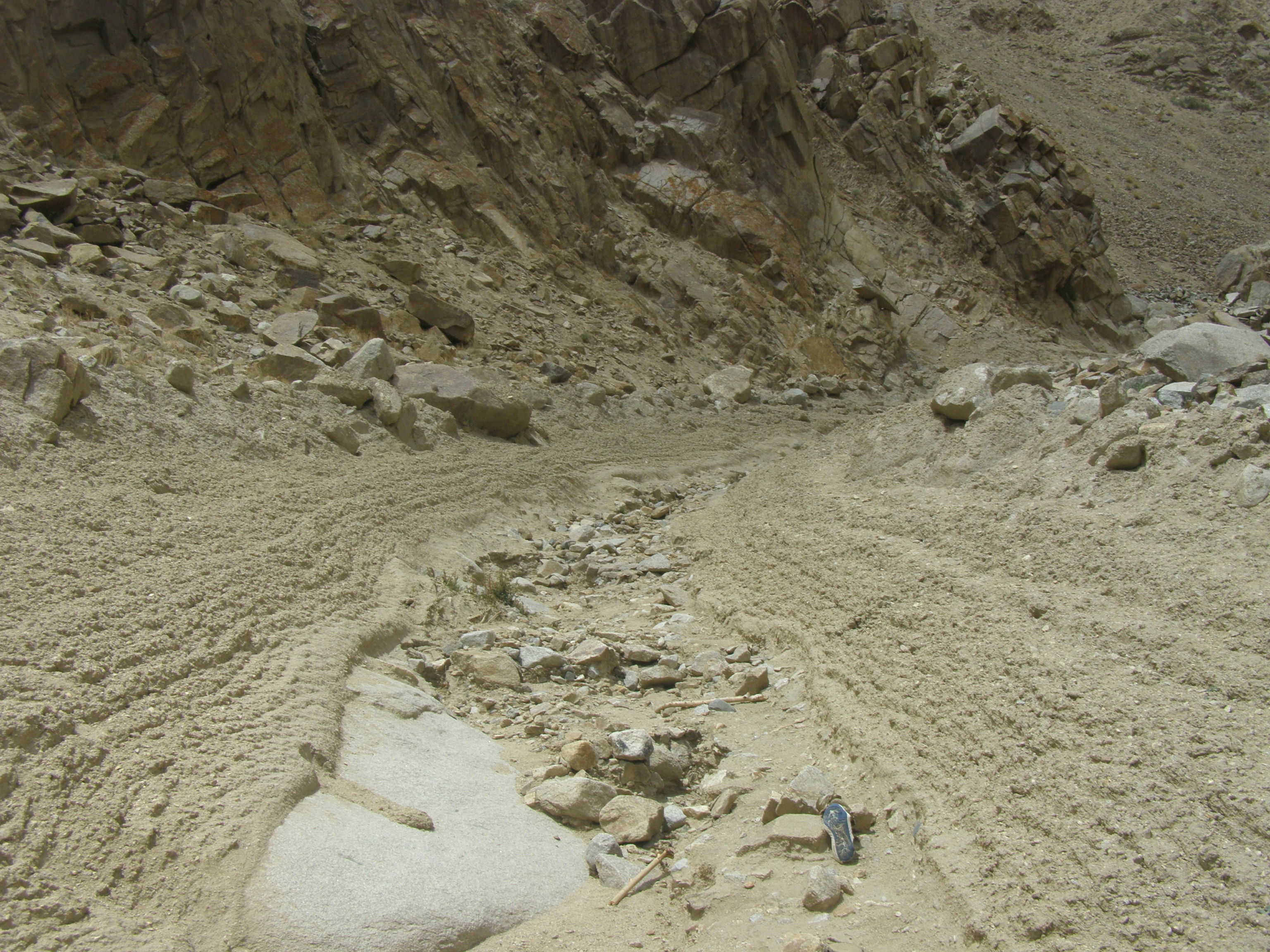SOIL EROSION
GRAVITY EROSION
Gravity erosion, also known as mass wasting or slope failure, is the process by which soil, rock, and other materials move down a slope or hill under the influence of gravity. This process is a natural phenomenon that occurs in many different environments and can be caused by a variety of factors, including heavy rainfall, earthquakes, and changes in the slope angle or soil composition.

Landslides occur when a mass of soil, rock, or debris moves suddenly and rapidly downhill. Landslides can be triggered by various factors such as heavy rainfall, earthquakes, human activity, or natural changes in the slope angle or soil composition. Landslides can be small or large, slow-moving or fast-moving, and can have devastating impacts on human settlements, infrastructure, and the environment.
Rockfall is a type of landslide that occurs when rocks break loose and fall from a cliff or steep slope. Rockfalls can be triggered by various factors, including weathering, seismic activity, or human activity. Rockfalls can cause damage to buildings, roads, and other infrastructure and can also pose a significant threat to human safety.

Soil creep is a type of gravity erosion that occurs when soil moves slowly downhill due to the influence of gravity. Soil creep is a gradual process that can occur over long periods of time and is usually not noticeable on a day-to-day basis.
Soil creep is caused by a combination of factors, including the angle of the slope, the type of soil, and the presence or absence of vegetation cover. Soil creep occurs when soil particles are displaced from their original location by the force of gravity and move downhill due to the influence of other soil particles. This movement can be caused by a variety of factors, including changes in temperature, moisture, and soil composition.

Debris flow is a type of gravity erosion that occurs when a mixture of soil, rock, and water moves rapidly downhill, often in response to heavy rainfall or melting snow. Debris flows are characterized by a high volume of sediment and water that moves rapidly downhill, sometimes at speeds exceeding 30 miles per hour. Debris flows can occur in a variety of environments, including mountainous regions, canyons, and river valleys. They can be triggered by a variety of factors, including heavy rainfall, rapid snowmelt, earthquakes, and volcanic activity.


